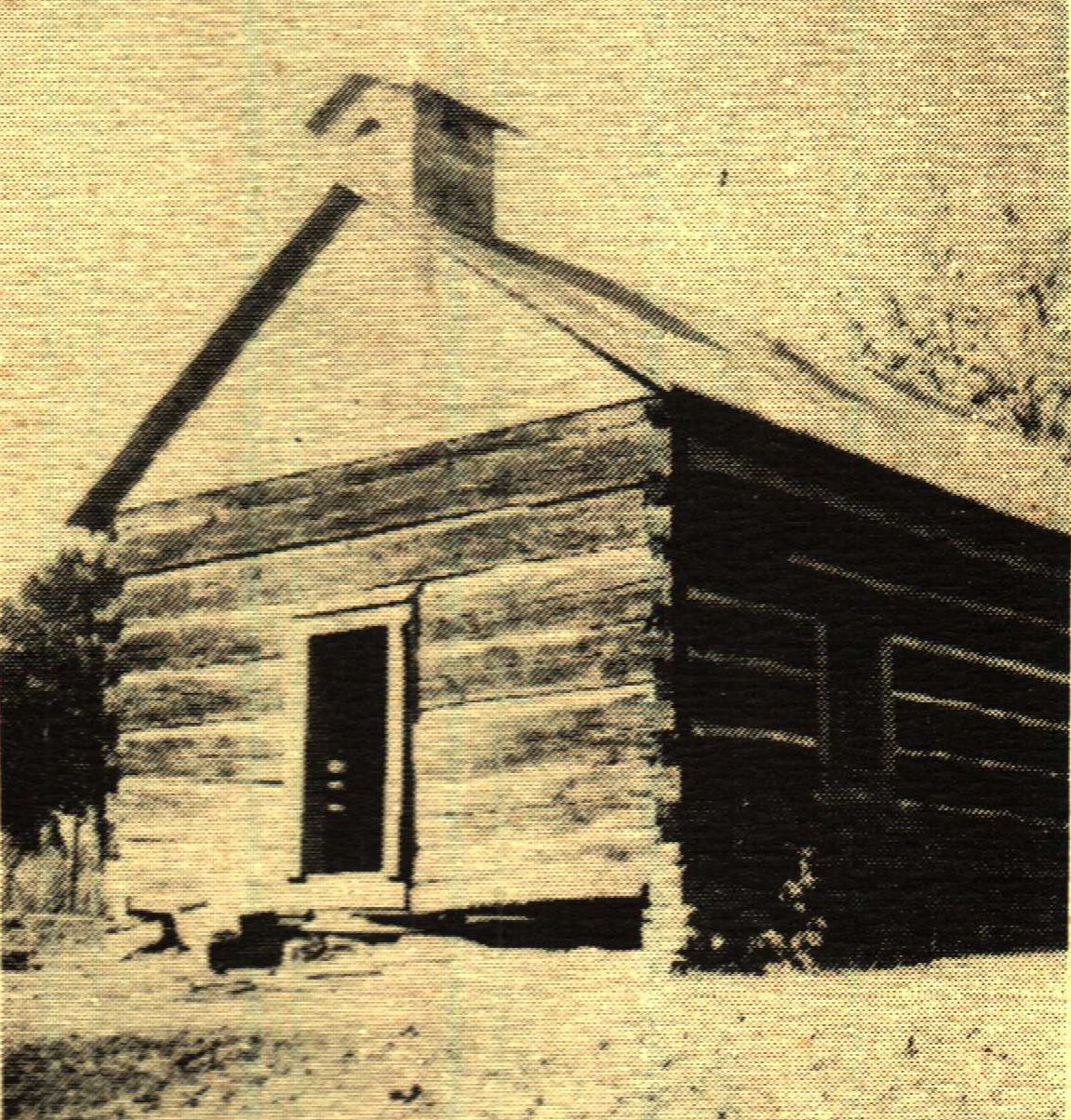Decoration Day at Campground
/The history of Decoration Day across the United States is somewhat contended but we have clear documentation that a Confederate Decoration Day was observed even during the early days of The Civil War. The stories that survive of Plateau Decoration Days are from the early parts of the 20th century. The caliber of this annual celebration is worthy of notice.
For those of you who have not had the opportunity to enjoy a proper Decoration Day, please allow me to explain. At Campground on the first Sunday in June, the extended church family come together to place flowers on the graves, to remember those who’ve passed away, and to celebrate the lives we remember there.
Today, beautiful floral arrangements can be purchased in plastic and silk. But in the early days, the flowers were made by hand of crepe paper and wire then dipped in paraffin wax to help weather-proof them. As with so many holidays, the culture of the day eventually extended far beyond remembering the dead. Every girl wanted a new dress for the day. For years, these were made from feed sacks but as more fabrics became available, the girls would try to pick enough strawberries to buy the fabric. Strawberries came-in around the first of May so that allowed plenty of time to make the dresses. The young men were sure to attend the festivities for all the young ladies would be done up in their very best and would be quite a sight to see.
The church yard would be full on this special day. As late as the 1950’s, people came in horse-drawn wagons which were a great tool for you could not only carry your dinner with you but it made a convenient table. At noon, families would always gather together for a special meal. While some ate at the church, others would gather at a relative’s home for a hearty meal, before returning for an afternoon of visiting. As family members had to move away to find work, they never forgot the holiday and would return from wherever they were living. One cousin, Mrs. June Howard was raised in Monterey. She remembers that as a little girl the family didn’t keep a car so they had to hire a ride; they really only got to go to Grandma’s about once a year and it would always be on Decoration Day.
Folks would come to visit whether their kin were buried at Campground or not. The Beasley and Copeland families from the Elmore Community are remembered for having fine saddle horses. Anyone who had such a horse would ride up and down the road along the cemetery showing off their mounts. In addition to the wagons and saddle horses, a lot of people walked to The Decoration. As more cars were available in the community, the roads would be lined for miles with parked cars.
Some pastors took the opportunity to preach from the porch steps or from a parked wagon – after all, there would be people in attendance that would not hear the gospel message within the church walls. And there would always be all day gospel singing.
As years have passed and we’ve become busied by other things, the crowd at Decoration Day has dwindled. What do you think – is there value in spending time remembering our family? Is it important to know our extended family or is it enough to know your Mom, Dad and siblings?
I truly want to hear your thoughts and certainly your memories of Decoration Days.
What do I think? Well, I write this blog each week in order to learn about and to remind you of our history, our heritage and our family.






